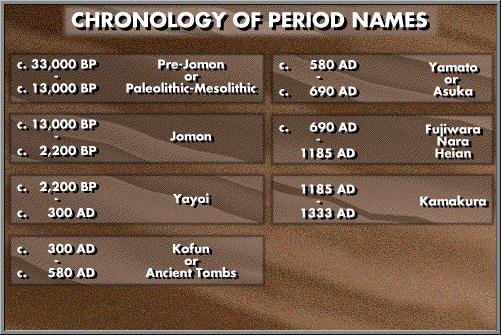Held on March 3, Girls’ Festival features a display of dolls representing the imperial court displayed on a platform with the emperor and empress at the top and lower ranked attendants or entertainers below. A meal with special foods and candies is also prepared for the occasion.
The modern festival gained popularity in all classes during the Edo period and, like most customs in that period, became increasingly ornate and expensive, especially in the hands of the merchant class. The original doll display was quite simple, but gradually more tiers were added, more figures were added and more miniature items (musical instruments and household furniture) were also included. The doll set is often purchased for a daughter in the first year or so after birth and she takes the set with her upon marriage, perhaps for her daughter to use.
Origins of the festival go back to Chinese purification rituals which took place in the third month as well as to a type of poetry meeting in the Heian period (794-1185). Heian nobles would sit alongside a stream running through a garden and cups of wine, or a wine flask in a small boat would be launched. Each poet in turn would have a sip, recite a complete poem and send the boat along to its next stop. This activity was one based on Chinese models and reflected Chinese influence on Japan. A third origin was in a purification practice in which paper images (dolls) were cast into the ocean or a stream. Unlike Children’s Day (which corresponds with the old boys’ festival), the girls’ festival is not a national holiday.


